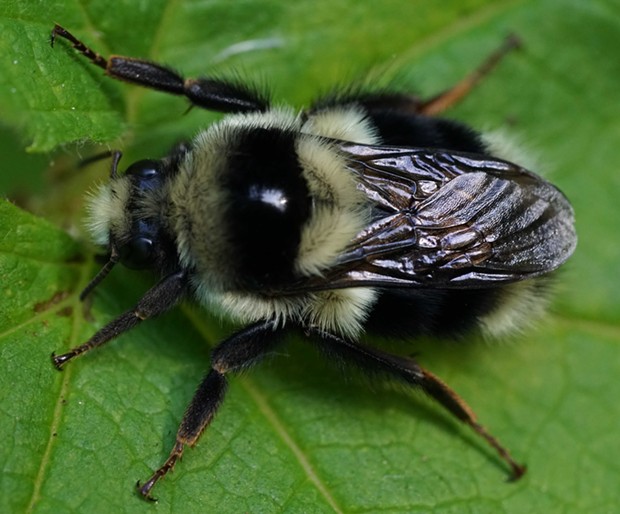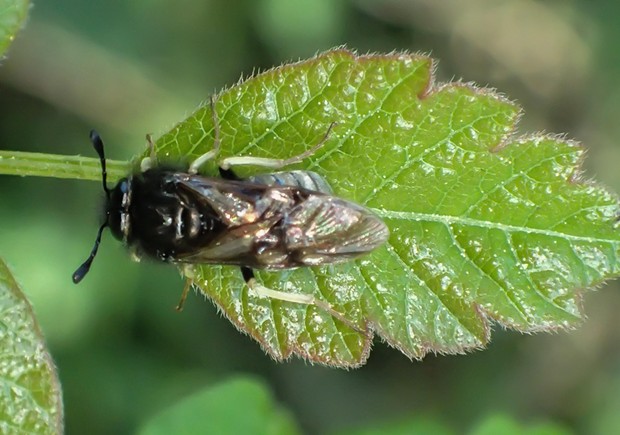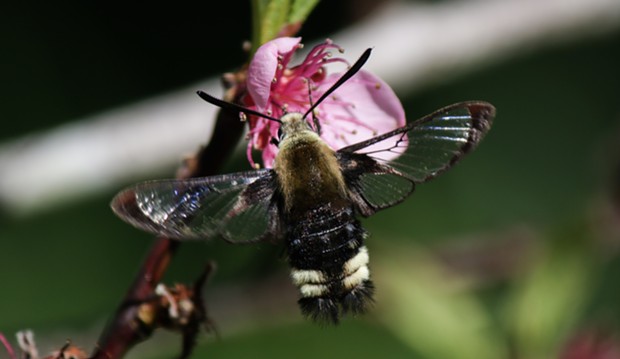
- Photo by Anthony Westkamper
- Bumblebee, the standard which is oft copied.
It snowed here Monday night and has been cold for the rest of the week. Because insects are cold blooded, this means there just weren't many out and about, but I did get buzzed by a bumblebee feeding on the newly emerged pussy willows. I don't think they get much nectar from any individual catkin, but some of the bushes along the river are over 20 feet high, and support hundreds if not thousands of blossoms. There just isn't much else around right now.
This small (approximately 250 species) family of large bees may be particularly important in the ecology of early blooming plants. They have some special adaptations to cold weather, like heat absorbing dark coloration and the ability to control the blood flow between the three sections of their body to maintain heat to the wing muscles.
Unlike honeybees, their hives do not last from year to year, but collapse in the fall to be recreated by the next generation in the spring. Because of this, they do not store large quantities of honey and their hives seldom exceed 400 workers at a time.

- Photo by Anthony Westkamper
- Sawfly.
Their black and yellow markings (there are some with orange patches as well) are considered aposematic, or warning coloration, and so offer some protection to other similarly marked species through Batesian mimicry. There are many bumblebee mimics including species of flies, moths, beetles and even a non-stinging cousin, an American sawfly. All of which derive some measure of protection from predators by resembling a creature which can, if provoked, sting repeatedly.

- Photo by Anthony Westkamper
- Bumblebee sphinx moth, or Hyles diffinis.
Comments